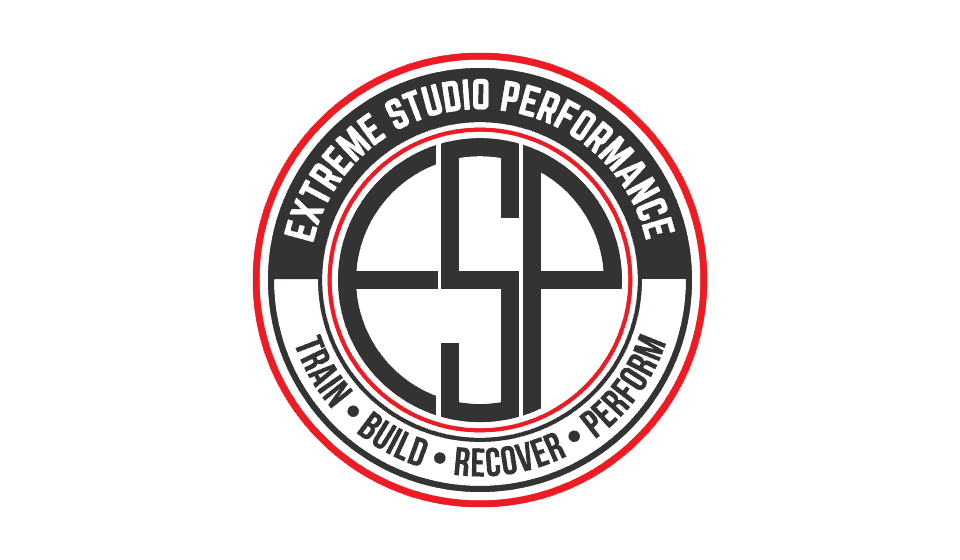
The most distinct physiological phenomenon in females is the ability to carry and deliver children. All systems of the body are affected, which has implications for exercise. A trainer should have knowledge of these changes, so they will be more prepared when training a pregnant client.
 Pregnancy comes with physiological, musculoskeletal, and psychological changes. Along with implications for pregnancy, what happens postpartum needs to be considered when developing a progressive or long-term training program. Many changes occur in a woman’s body when she becomes pregnant. Trainers should especially educate themselves in those areas related to exercise. The three areas of focus for training a pregnant client are the physiological changes occurring with the cardiovascular and pulmonary systems, the musculoskeletal changes as it relates to different biomechanical loads on the body and new muscular demands, and lastly the psychological changes mostly from a postnatal standpoint.
Pregnancy comes with physiological, musculoskeletal, and psychological changes. Along with implications for pregnancy, what happens postpartum needs to be considered when developing a progressive or long-term training program. Many changes occur in a woman’s body when she becomes pregnant. Trainers should especially educate themselves in those areas related to exercise. The three areas of focus for training a pregnant client are the physiological changes occurring with the cardiovascular and pulmonary systems, the musculoskeletal changes as it relates to different biomechanical loads on the body and new muscular demands, and lastly the psychological changes mostly from a postnatal standpoint.
Progressive increases in heart rate, body temperature, blood pressure, blood volume, and cardiac output have implications when exercising aerobically for the pregnant client, as well as an increased oxygen demand and progressively decreasing functional residual lung capacity. Knowing these factors is important because a pregnant client may get breathless quicker or too hot more easily.
Measuring heart rate as a point of intensity is probably not an accurate method, rather using the RPE (rate of perceived exertion) scale or something as simple as the “talk test” will provide a better indication of whether it’s necessary to modify or cease exercise at any point.
Secondly, when it comes to weight training, a trainer must be familiar with the musculoskeletal changes that occur during pregnancy. Due to a growing baby in the abdominal region, a woman’s center of gravity changes, which in turn puts different mechanical loads on the joints and connective tissue.
Commonly, there is an increased anterior tilt of the pelvis and increased lordosis, or overextension of the lower spine, both of which may lead to the complaint of low back pain made by many pregnant women. Additionally, the presence of a hormone called relaxin, which marks the second trimester, creates joint laxity, particularly at the pelvis to prepare the body for birth.
A trainer should be aware of the increased instability of the joints, and greater risk for dislocation or other musculoskeletal injuries. There is a loss of bone density that occurs during pregnancy. Though it is reversible, weight bearing exercise is vital for maintaining the integrity of support for increased weight gain. Lastly, to give birth, a woman’s body undergoes a massive physiological event. Many hormonal changes, impaired sleep quantity and quality, and the stress of managing new demands will affect a woman’s psychological health after the baby is born. In general, a trainer is responsible not only for the client’s physical body, but understanding how their mental state may affect their training. Life circumstances can always impact training, so life with a newborn is no different. A trainer may watch for energy and mood levels and adjust accordingly. The psychological demands postpartum have many implications for postnatal training. Most new moms may be wanting to get back to a routine or start one as soon as possible to get back to their prepregnancy weight, fitness level, or muscle tone. There are many societal, whether external or internal, pressures a woman may feel to “get her body back” as quickly as possible.
Communicating with a client who recently had a baby about what their body went through physically is essential, so they understand not to push themselves unnecessarily or too quickly. A trainer should encourage clients to be patient with themselves and focus on consistent and gradual progress that is safe for their body. There shouldn’t be pressure on getting their body to look as it did before they were pregnant, because the reality is their body is different now. Exercise as a way to relieve stress and get “me” time may be extremely beneficial at helping combat depression or anxiety for new moms. Most importantly, a trainer should be flexible with programming based on the feedback their client communicates verbally and nonverbally. Also, a trainer should be empathetic and caring when communicating with their client. Sometimes just an ear to hear is all that is needed! Trainers should be aware of the many changes that occur to their clients when they get pregnant and when the baby is born. It is healthy to continue aerobic exercise and weight training before, during, and after pregnancy, as long as mom and baby safety is the priority. A trainer can accurately prepare and successfully accommodate if they know specifically what changes their client will be enduring and face it with them.
